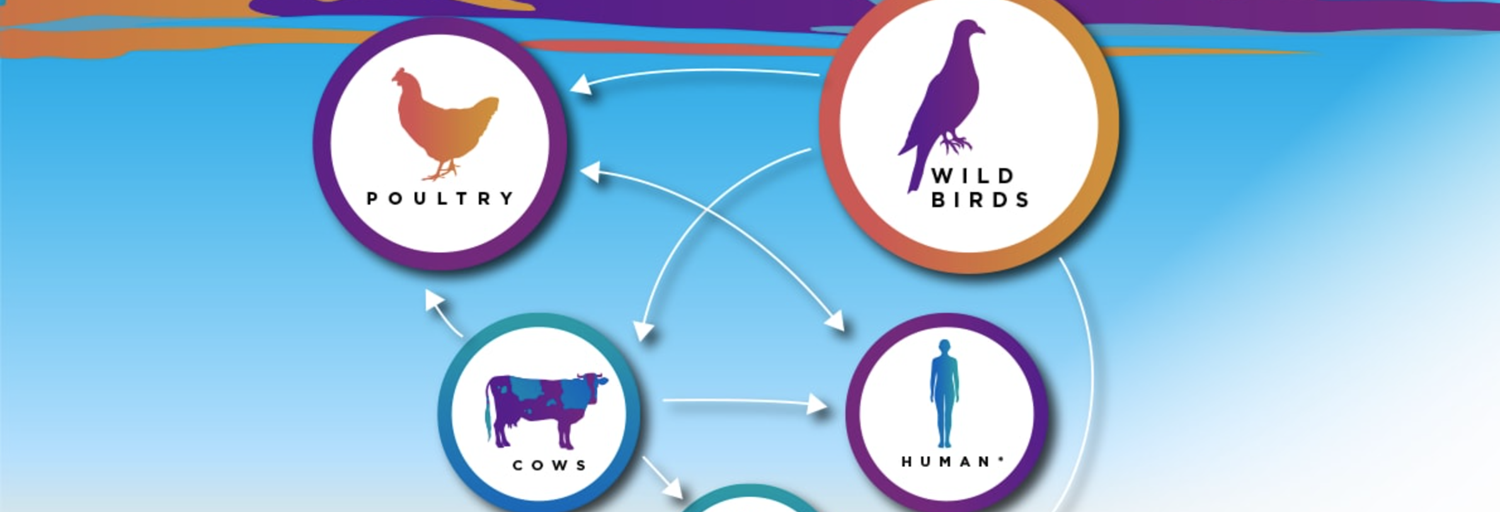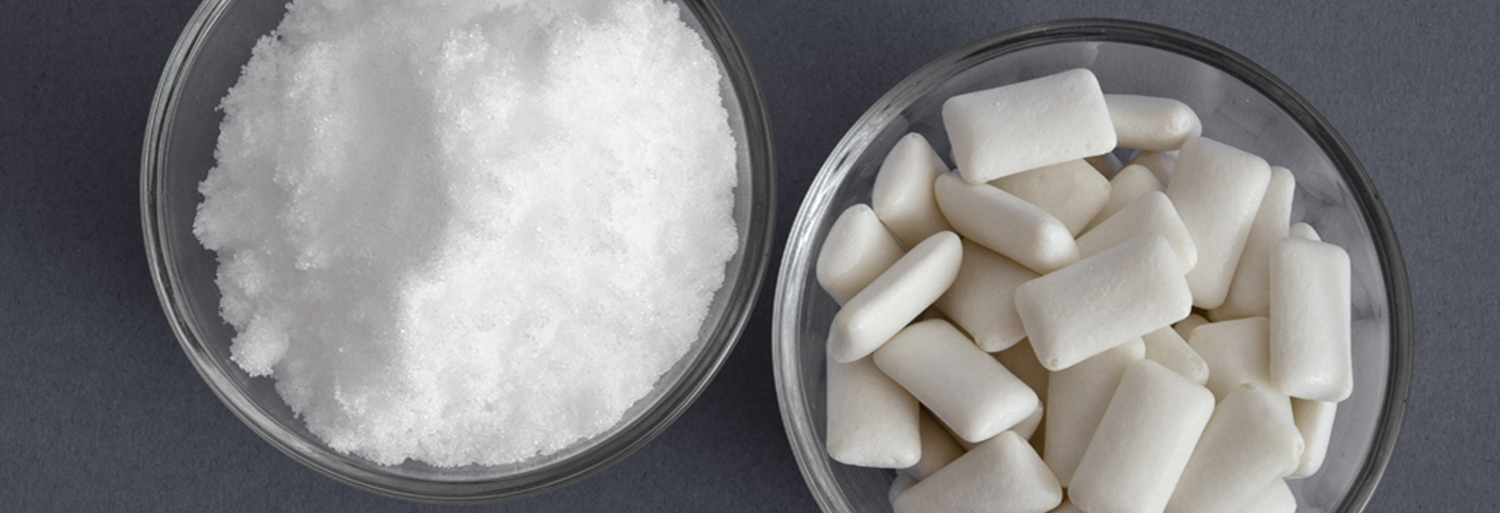Packing Social Concerns in the Lunchbox
Global Food
Sustainable Agriculture
Packing Social Concerns in the Lunchbox
Dirt to Dinner is excited to feature Dr. Sarah Evanega’s post on our site. Dr. Evanega earned her PhD in plant biology and science communications from Cornell University, where she now directs the Alliance for Science and serves as Senior Associate Director of International Programs in the College of Agriculture and Life Sciences. She resides in Ithaca with her husband and three young children.
The Cornell Alliance for Science works to ensure global access to life-improving agricultural innovations that can shrink farming’s footprint, deliver food security, reduce the drudgery of field work that often falls on women and children, provide rural families with sufficient income to educate their children, and inspire young people to pursue a career in agriculture and science.
As a child, I highly anticipated the return to school, the thrilling day when my siblings and I headed over to campus to pay our fee and look on the bulletin board to see which teacher we were assigned to and which of our friends would join us in class. The hallways had a distinct smell that we barely noticed during the school year and nearly forgot over the summer break, which meant the odor of paper and gymnasium hit us hard as we walked in the front door after months away. Back to school meant buying supplies, the hope of getting a Trapper Keeper with a cool design, and maybe even a new pair of jeans or shoes.
Today, as a mom of three young kids, back to school means shifting from the laid-back rhythm of summer to a tightly tuned schedule of early-to-bed, early-to-rise, the regularity of dinner, bath and bedtime books, and early mornings. After the coffee is on, I pull out three lunch boxes and face the challenge of packing lunches that will both appeal to my kids and my sense of what’s healthy and socially just.
As I pull together sandwich fixings, carrot sticks and fruit, I’m aware that our well-stocked refrigerator and cupboards are a luxury that many families throughout the world do not share: that my choice of what to pack, and what to leave out, is not available to the millions who struggle with the hunger and poverty that accompanies failed crops. I know my children won’t have to skip school to hand-weed the family’s fields or miss class entirely because a miserable harvest left no extra money to pay tuition.

As a plant scientist who works in international programs at Cornell University, I’m fully aware that fussing over the ever-growing list of food items restricted in schools is very much a “first-world” problem, as are the half-eaten apples and the sandwich crusts my kids bring back home at the end of the day. Hunger, the frequent companion of far too many children in developing nations, always trumps the pickiness that leads to food waste.
I know that many other American parents share my concern about hungry children, others and our own, and that they want to see a world that’s just. But because of my job, I know something they may not—that technology exists to solve some of the problems that face us all…
I’m talking about using genetic engineering to improve crops, boost the livelihoods of smallholder farm families, enhance nutrition, reduce climate change impacts, even remove the pesky protein that makes the classic PB&J sandwich an unwelcome allergenic addition to lunch boxes across the country.
Yes, the same technology that can reduce the use of pesticides in crops can also render peanuts hypoallergenic. The same technology that can eliminate the need for nitrogen fertilizers that generate greenhouse gases can keep cut apples from browning. The same technology that can add essential nutrients like vitamin A to staple foods like bananas and rice can silence the gluten proteins that make life miserable for those with celiac disease.
Sadly, this technology has been pushed to the sidelines, dismissed as a dirty three-letter word: GMO. Never has a plant breeding technique been so reviled, so falsely accused of everything from solidifying corporate control over the food supply to making people sick. The demonization of this technology funds numerous NGOs and has even become a cottage industry of sorts. American supermarkets are filled with products that bear the badge of misinformation—the trademark butterfly of the “non-GMO verified” label. This marketing ploy tricks consumers into believing GMOs are somehow bad, and so they should pay more for products without them — even products like salt and water, for which there is no GM equivalent. Sorry—those tricks don’t work on scientist moms like me. And they shouldn’t work on you.
As Americans, our ideologies and shopping habits reverberate around the world. And when we say no to GMO, we’re simultaneously depriving smallholder farmers and consumers in developing nations from exercising choice about what to grow, what to eat. Or in too many cases, about whether they will eat.
Would you say no to GMO if you knew it could save orange trees from the devastation of citrus greening disease, bananas from the scourge of wilt, crops from succumbing to drought or cattle to heat? Would you push it away if you knew this technology could help keep cacao, the primary ingredient in chocolate, from going extinct? Would you get on board if you knew it meant that kids could safely munch a bag of peanuts without risking anaphylactic shock, be spared the blindness of vitamin A deficiency? Would you have a change of heart if you knew that biotechnology could increase the income of a smallholder farmer in Bangladesh six-fold — enough to send his children to school, buy a propane stove so his wife didn’t have to prepare food over a cow dung or charcoal fire?
Or to bring it back home, would you embrace this technology if you knew it meant the daily challenge of packing a school lunch could be immensely simplified with hypoallergenic peanut butter spread on gluten-free wheat bread and accompanied by an apple that retained its fresh, white flesh, even hours after slicing?
Some of these products, like the Arctic Apple, are already available. Others are moving forward and many more are in the works, ready and able to do their part to end hunger, shrink agriculture’s outsized environmental footprint, increase crop yields, reduce pesticide use, withstand the temperamental and often extreme growing conditions that characterize climate change, and curb food waste. Even more products are likely now that the science has advanced through the precise, predictable use of gene editing tools like CRISPR.

But these new plant varieties, created by scientists working in public institutions like me, won’t advance without our support, our recognition that they have a role, just like organics and conventional and natural, in keeping our planet healthy and our kids fed. They aren’t backed by the multinational corporations that can pay $100 million to move a genetically-engineered crop through an unreasonably onerous regulatory process. They need consumers, people like you and me, to say that we want scientific evidence, not ideology, to determine what enters the food supply.
These are the thoughts that enter my mind as I sip coffee, pack lunches, prepare my children for another day in the school environment that I loved. I want them to have the same opportunities that I enjoyed, and I want those opportunities extended to kids across the globe. And from where I sit, access to the healthy, affordable food that genetic engineering can provide is a huge part of that.
As we bid farewell to the unstructured days of summer and re-enter the school year routine, let’s remember that the decisions we make each day in the grocery store reverberate not only in our children’s lunch boxes, but all around the world.

Farm Bill Remains on Life Support
Most of us don't know it, but the U.S. Farm Bill governs how our food system operates...from the dirt to our dinner plates. Renewal of the bill was due last year, and now it looks like yet another one-year extension may be in the works. So what’s the problem? And why should we care?

Bird Flu: Another Pandemic?
Recently, Bird Flu has transmitted from birds to dairy cows, causing alarm among consumers and scientists alike. This particular mutation of H5N1 has prompted misinformation about our food system, resulting in doubt and mistrust. We dug into the details and discussed the implications for this pathogen.
Latest in other news...

Your Guide to Summer Fruits & Veggies
The Dirt: Summer is the perfect time to enjoy a variety of fresh, nutritious fruits and vegetables. We wanted to know which ones had the most vitamins and minerals so we could optimize our time spent washing and chopping. This guide will help you make the best choices for maximum nutritional benefits, supported by scientific studies and delicious recipes.




